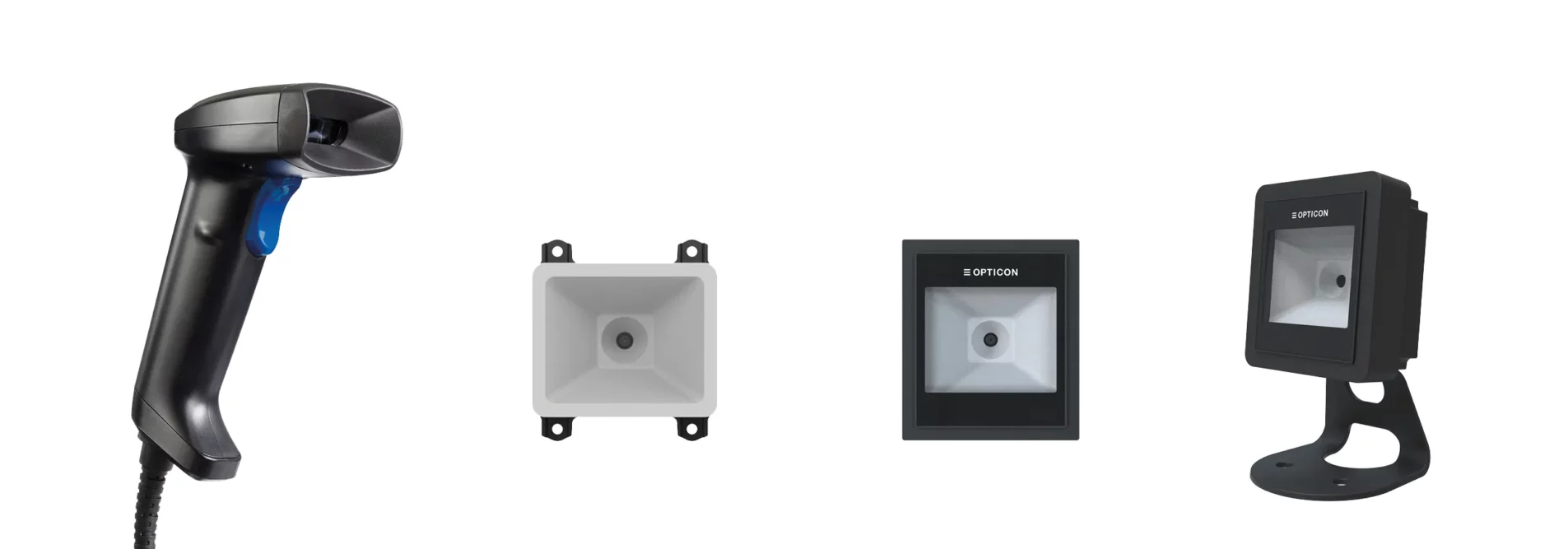Most of our USB scanners support 2 interface options:
- USB-HID (Keyboard)
- USB Serial (Virtual COM Port)
You can choose one mode depending on your needs.
The L-250, P-250 and Q-250 are different, they are USB composite devices, meaning they function as both a keyboard and a serial port at the same time over a single USB connection.
What does that mean?
- Keyboard Mode (HID): The scanner sends barcode data as if you typed it—no drivers needed.
- Serial Mode (VCP): At the same time, it appears as a COM port for advanced communication with software or embedded systems.
